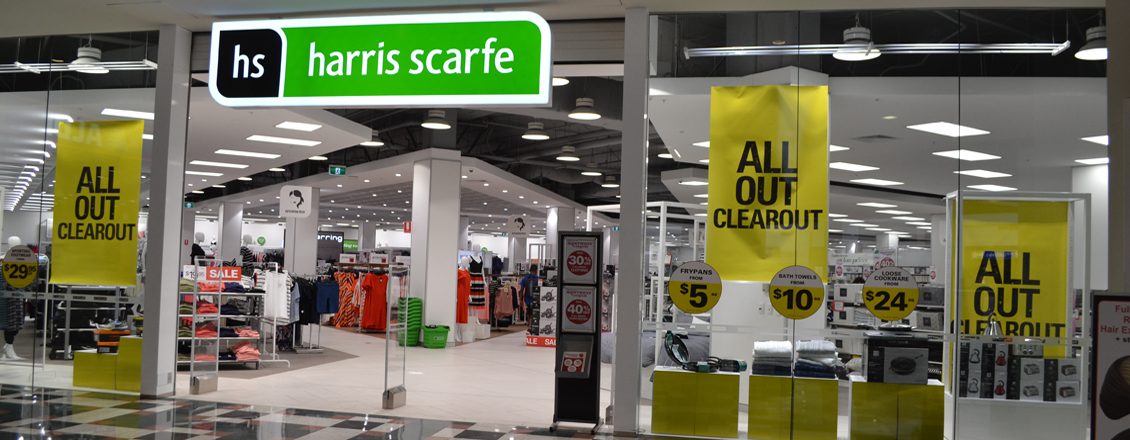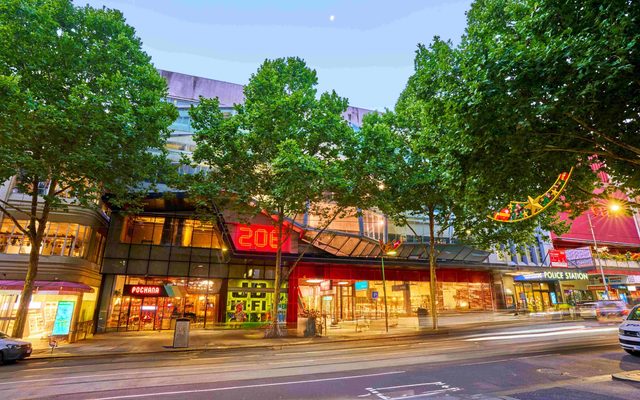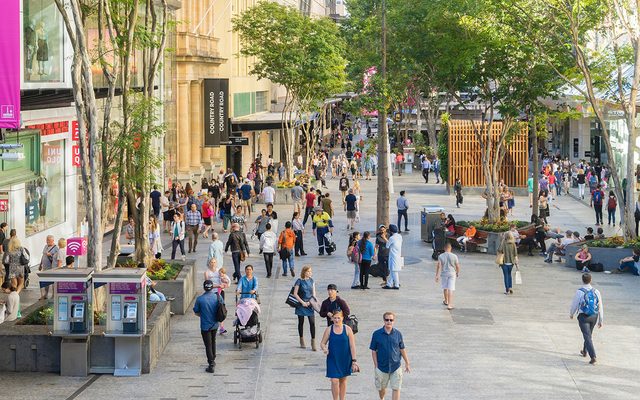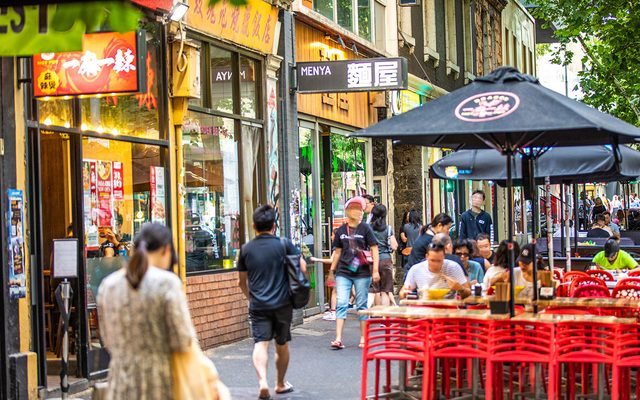This article is from the Australian Property Journal archive
RETAIL landlords will be facing more headaches after 170-year-old department store Harris Scarfe entered into voluntary administration, potentially adding 66 empty stores to the 770,000 sqm of retail space forecast to become empty in the coming years due to the tough trading environment.
South Australia’s oldest retailer, Harris Scarfe was established in 1849 and had just been taken over by private equity firm Allegro Funds in recent weeks. Operating nationally, but best known in Victoria, South Australia and Tasmania, the retailer recently reported annual sales of $380 million and employs 1,800 staff.
Deloitte Restructuring Services partners Vaughan Strawbridge, Kathryn Evans and Tim Norman were appointed receivers and managers. Strawbridge said trading would continue as normal over the Christmas period and employees will continue to be paid by the receivers, and said he was confident there was more than sufficient assets to meet all employees’ entitlements.
“Harris Scarfe is a longstanding retail institution. We will be making every effort to secure a future for the business and intend to commence an immediate sale of business process,” he said.
The receivers said they intend to sell the business as a going concern and preserve the employment of as many people as possible, and will honour gift cards and lay-by deposits in full.
Allegro Funds also picked up retail chain Best & Less and New Zealand-based Postie Plus in a deal with Greenlit, which was offloading its merchandise division. That included UK-based retailer Debenhams, set to close its only department store in the new year, just a few years after opening in Melbourne CBD’s revamped St Collins Lane shopping centre. Greenlit was looking to focus on its households goods businesses that include Fantastic Furniture, Snooze, Freedom, and Plush.
Harris Scarfe had been opening new stores in recent years, including at Mackay’s Caneland Central shopping centre, of more than 2,000 sqm and the Perth Midland Gate shopping centre as part of the $100 million expansion, and a renovated store in Hobart’s Cat & Fiddle arcade complex in 2018 as it part of an optimisation strategy. The business had sought store sizes of between 2,500 sqm and 3,500 sqm.
JLL’s released yesterday, Departing Stores, show that the consolidation strategies recently announced by department stores Myer and David Jones and discount department stores Target and Big W would result in approximately 769,200 sqm of space becoming available, primarily in regional and sub-regional centres, over the next three to seven years.
JLL estimates the amount of space reported that could be handed back by department stores is more than four times the size of the current development pipeline for regional and sub-regional shopping centres. The total floorspace created by department and discount department stores downsizing could be up to 1.5 million sqm, or one third of their total network floorspace over the next three to seven years.
This equates to 7.1% of existing total stock, and the report describes the repurposing of department store space as the “new form of retail supply”.
Among those retailers that have announced plans to downsize, Target is likely to take out 20% of its floor space, equating to just under 350,000 sqm. Fellow discount department store Big W is planning on cutting 16.0%, close to 210,000 sqm.
“The department store sector has been one of the most challenging parts of Australian retail, with sales growth significantly lagging other major retail categories on a 10, 20 and 30 year period.”
Of the major department stores, David Jones is planning to reduce its footprint by 20%, by over 95,000 sqm, which will be the result of outright closures and consolidating some stores. Last month, it formally launched a campaign to sell its menswear building on Melbourne’s Bourke St Mall, and will use the proceeds to refurbish its store across the road.
South African parent company Woolworths Holdings has written off more than half the value of David Jones since acquiring the chain for more than $2.1 billion in 2014. In August, it wiped $437.4 million from its value, taking it down to $965 million.
Myer’s reported downsizing intentions of 13.4% equate to nearly 115,000 sqm, and had reduced floor space by 8.4% between the FY15 and FY18. Late in 2017, it announced it would not renew leases at stores at Colonnades in Adelaide, Westfield Hornsby in Sydney and Belconnen in Canberra, and more recently it not would extend its 6,600 sqm lease at Emporium Melbourne when the lease expires in May 2020.
JLL’s joint head of retail investments – Australia, Sam Hatcher said the downsizing of department stores is a great opportunity for owners to really start thinking differently about their assets.
“A more creative and flexible approach to changing the tenant profile and introducing new space uses will be required to transform and evolve shopping centres.
“Despite the repurposing of space requiring capex and downtime, it also provides the chance for landlords to introduce new retailers, potentially driving an uplift in MAT and rental income, along with value-add opportunities through exploring alternate uses.”
JLL suggested Kaufland as a direct replacement provides one backfill solution, given the similar average store size to a discount department store. The German hypermarket has already acquired 23 sites to build freestanding stores in its initial stages, and has expansion goals beyond that.
There is also the option of converting department store space to alternate uses, such as co-working – which Emporium Melbourne owners Vicinity Centres and GIC have announced will replace as part of the Myer space – and competitive social entertainment such as e-sports and VR experience centres, as well as services such as childcare and health care.
JLL’s joint head of retail investments – Australia, Jacob Swan said the low rent paid by department stores and discount department stores relative to other retail tenants does provide a low threshold to explore repurposing options, by splitting up a large tenancy into multiple smaller tenancies of mini-majors, supermarkets and/or specialty stores.
“While this solution has worked well in a few examples, it won’t be suitable for all centres, partly because this backfill option requires substantial development capex, along with downtime and leasing incentive costs.”
Mixed use developments provide the biggest value add opportunity for landlords, according to JLL, as they diversify the income stream while not creating additional competition for existing retailers and drive customer engagement and ultimately, asset values.




